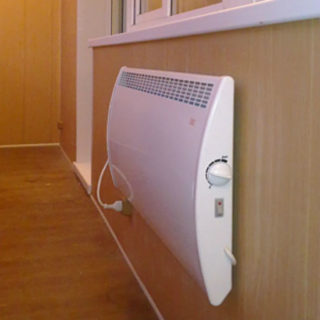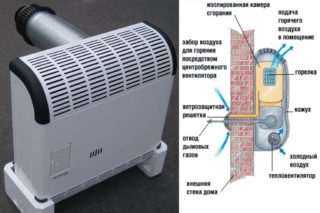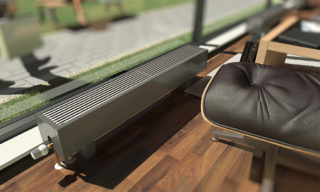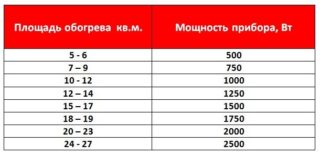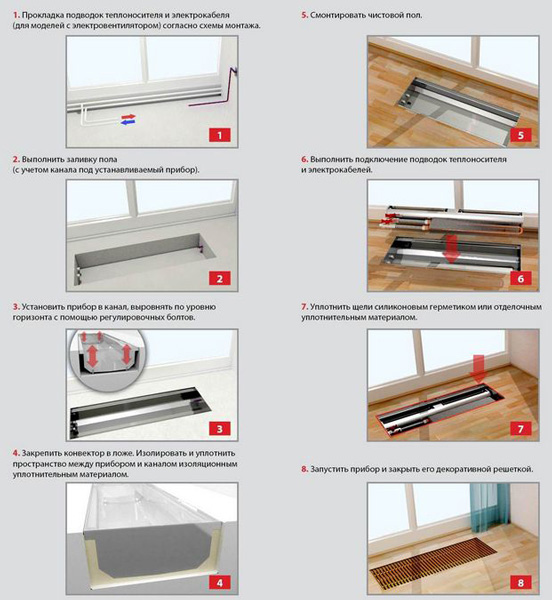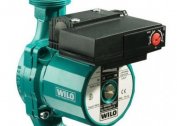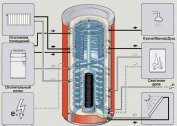Heating convectors are very useful devices that will help create a comfortable microclimate in the home. In the modern assortment there are many varieties of these devices. Each has advantages and disadvantages, as well as individual operational requirements.
What are heating convectors and how do they work
A convector is a heating device that can have a different source of thermal energy. At the time of starting the equipment, cold air is absorbed from the floor through special curtains. Inside the unit, it warms up and is released outside. Warm air rises. Thus, a continuous process occurs.
During the natural operation of the equipment, a slow air cycle occurs, so many users prefer options with additional fan equipment.
Most models have coaxial pipes. Air enters through the internal air, which leads to the combustion of incoming fuel, and exhaust gas, smoke, and soot pass through the external one.
Varieties of convectors for the home
The main groups of convectors: water, electric, gas. They differ in the type of fuel.
Water
Water-convector heating has a high degree of heat radiation. To enhance the effect of operation, the devices are additionally equipped with metal fins that take thermal energy from the source, and then send it to warm the air in the room. Such options, in turn, are divided into the following types:
- Recessed to the floor. Such models are able to continuously warm the air at the surface of the flooring and with a delay of several seconds transfer it up the room. Usually used if necessary to heat a terrace, balcony, loggia or panoramic windows.
- Wall units. They are considered the most popular. Suitable for arranging in private or apartment buildings. Mounted on special brackets, which are usually included.
- Floor convectors. Suitable for rooms in which it is not possible to install options with a wall mounting method. This is due to the structural features of the walls, for example, if they are made of drywall or represent a fragile partition made for decoration or zoning.
- A heating plinth. Compact and convenient type of convection heaters. Similar structures are installed around the entire perimeter of the room, connected by tubes.
Convectors with a water heating method are rarely used, but they can be considered quite effective in terms of energy consumption, as well as in heat radiation.
Electric
Energy-saving electric convectors for heating are considered quite popular. These options are convenient to use if there are no power outages in the region where you live. Among them, the following subtypes are distinguished:
- Wall mounted. The electric convector is mounted to the wall with the help of special canopies. They do not require the installation of an exhaust gas outlet. Some models have a built-in filter for air purification. There are options that with the help of the stand are easily transformed into the floor version.
- Floor standing. Such structures can be installed in the middle of the room on a special bracket.Mobile heaters usually have a limited cord length, so it’s best to place them near a power outlet.
The main advantage of such equipment is fast and efficient operation. They do not require the involvement of specialists for installation.
If the electricity is unstable, it is imperative to create an alternative source of electricity. Otherwise, immediately after disconnecting the network, the heater stops working, the room cools down quickly.
Gas
Gas fuel convectors are considered the most budgetary. However, for their operation, a smoke exhaust system is necessarily created. Designs are chimney and parapet.
- Chimney models require the arrangement of a special channel in the walls of the house, which opens onto the roof. This option has a more complex design and takes longer to organize. However, up to several sources can be connected to this channel.
- Parapet. They are mounted directly to the wall, have a coaxial pipe, which is designed from two channels. Oxygen enters one of them, and waste comes out of the other. Equip these models most often under the window.
Parapet models with a coaxial pipe are very vulnerable when exposed to gusts of wind. The flame of the burner is often blown out, therefore, the automation is activated and the heating is turned off.
How to choose a convector
A heating convector should be chosen depending on the power source, power, technical characteristics, installation method, financial capabilities. It is also important to consider the following points.
- Brand awareness and owner reviews. The more positive feedback from users about this type of equipment, the better the unit is operated. Do not lose sight of the brand name. The most popular are Atlantic, Electrolux, Ballu. Models of these manufacturers occupy leading positions in the ranking.
- Availability of additional features. It is convenient when the convector has a built-in fan and thermostat. Equally relevant is the option of protecting equipment from tipping over. Such an addition would be appropriate when there is a child in the house. Models with a timer and an air ionizer will cost more.
- Sizes. Depending on the dimensions of the installation site, it is worth choosing the parameters of the heating device. Long structures are suitable for low and oblong partitions, for example, in a loggia or under a side window in the hall of a private house.
- Appointment of the premises. If you need to heat a country house, it is best to use a gas convector. For a children's room, an electric small-sized device with the function of air ionization is suitable.
There are models of convectors that have an active anti-freeze function. It is suitable for apartments and houses in which there is no central heating, while housing is used infrequently.
The heating of a private house is sometimes carried out by several convectors. For them it is necessary to equip a single chimney assembly or for each separately make holes for coaxial pipes. It is important that the heating is carried out under the influence of the same power.
Calculation of equipment power
Traditionally, all heating convectors have power in the range from 0.5 to 9.6 kW. To perform the correct calculations, you need to know the area of the room in which this type of equipment will be installed.
Productive power is calculated according to the formula 1 sq.m. = 100 watts. If the room that is supposed to be heated has an area of 25 sq.m., the convector power should be 2.5 kW or 2500 watts.
It is desirable that the equipment has an additional supply of power. In the calculation, this is approximately 50 watts for each free square meter.
Advantages and disadvantages of convection equipment
Advantages of convectors:
- only heat the air;
- with the right choice of power, resources are practically spent;
- do not require professional installation;
- convenient to install;
- differ in safety;
- have a lot of additional options.
The disadvantages of such heaters include the difficulty of adjusting the temperature, dry air with prolonged use. Models with rich functionality are expensive.
Mounting Features
Installation of convection heating requires compliance with some features.
- Perform preliminary marking at the installation site.
- When installing copper-aluminum sections in water convectors, only copper connectors should be used.
- Water convectors must be connected to the main heating system. Such switching can be lower and lateral.
- When attaching an electric convector to a wall under a window, a distance of 20 cm from the floor to the lower edge of the equipment must be observed.
- When connecting gas heaters of parapet and chimney type, it is necessary to mount a protective screen from a basalt blanket to the wall.
Given all the recommendations for the selection and installation of structures for heating a living room, you can achieve the maximum effect in creating a comfortable microclimate. At the same time, it is possible to establish permanent and temporary operation of such equipment.


